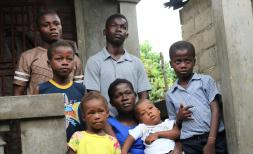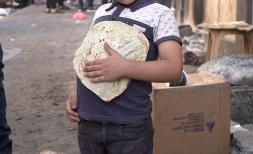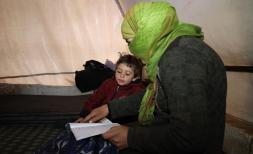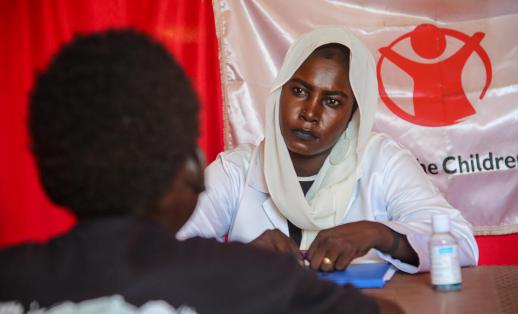Child survival: Decades of progress at risk
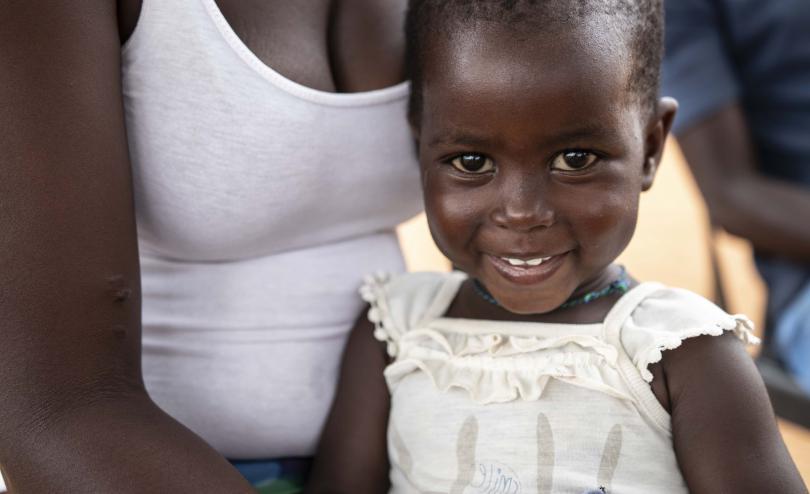
In the last 30 years the number of children under-five who have died from preventable causes has been dramatically reduced.
Through consistent and concerted efforts we have seen significant progress; the number of under-fives dying from preventable causes dropped from 12.5 million in 1990 to 5.3 in 2018.
This effort has, however, not been rapid enough to get us on track to reach the Sustainable Development Goal to end all preventable deaths by 2030. But it did offer great hope for the future.
Coronavirus could reverse those hard-won gains. And while children are currently much less likely to die directly from COVID-19, it could be the potential disruptions of health systems and decreased access to food security and nutrition that causes significant increases in child mortality.
Researchers from the Johns Hopkins Bloomberg School of Public Health have developed a model to analyse changes in coverage of essential maternal and child health interventions for 118 low- and middle-income countries. The results published this week in The Lancet Global Health journal paint a dire picture: depending on the severity of health service disruptions, an additional 250,000 to 1.2 million children could die over the next six months.
For instance in Nigeria, the number of children under five dying in the next six months could increase by up to 40% due to disruptions to health systems and increases in acute malnutrition.
The graph below shows the potential number of deaths for three different scenarios and the implications this would have for progress on under-five mortality. You can select any of the countries included in the study to see country-specific effects.
The global changes are based on the 118 countries in the study, representing 96% of all child deaths in 2020. To calculate the consequences for the under-five mortality rate, we take into account the additional deaths for 6 months only.
While all scenarios are hypothetical, they try to reflect real-world possibilities.
Scenario 1 assumes small reductions in the availability of health workers and supply as they are reallocated to responding to the pandemic. It also takes into account that routine health services are utilised less frequently, which leads to coverage drops of 10-14%. In addition, it assumes increases of children who are wasted (low weight for their height) by 10%.
Scenario 2 assumes greater disruptions to health systems with coverage drops of 19-23% and increases of the prevalence of wasting of 20%.
Finally, the most severe scenario 3 models large disruptions to health systems - for instance through movement restrictions or stay-at home orders - which would result in coverages across preventative and curative services dropping between 40% and 50%. It also assumes a 50% increase of wasting, what seems to be within reason given the recent warnings of the World Food Programme.
Any of these scenarios would be devastating. But we should remember that they are only predictions, which therefore can be significantly reduced or even prevented by swift and decisive action to strengthen health systems and to continue essential services for children are vital. We must act now if we don’t want to see the hard-won progress on child survival slipping away and the 2020s becoming a lost decade.
New research and estimates on the potential socio-economic impact of COVID-19 are released daily and it can be challenging to stay on top of the most relevant insights. We keep track of what we believe to be the pandemic’s most severe consequences on children living in low- and middle-income countries in this live tracker.


